Whilst sitting back enjoying some much-needed rest and recuperation on a small Greek Island Stu Taylor took time to reflect on what has been a pretty crazy few months, during which he’s completed both the Highland Trail 550 and the French Divide. Read on for his take on the equipment choices he made, and for his thoughts on the riding hop on over here.
Let’s set the scene with some stats
Highland Trail
- 550 miles/ 885km
- 16,000m of climbing
- under 8 days group depart
French Divide
- 1415 miles/2275km
- 32,000m of climbing
- 15 days max for finishers’ party
So what did Stu ride for each? Read on…
Latest Singletrack Merch
Buying and wearing our sustainable merch is another great way to support Singletrack
Highland Trail 550: Orbea Oiz M-LTD
- Price: £6,599
- From: Orbea
- Bike weight: 21.7lbs without kit, 33.1lb fully loaded.
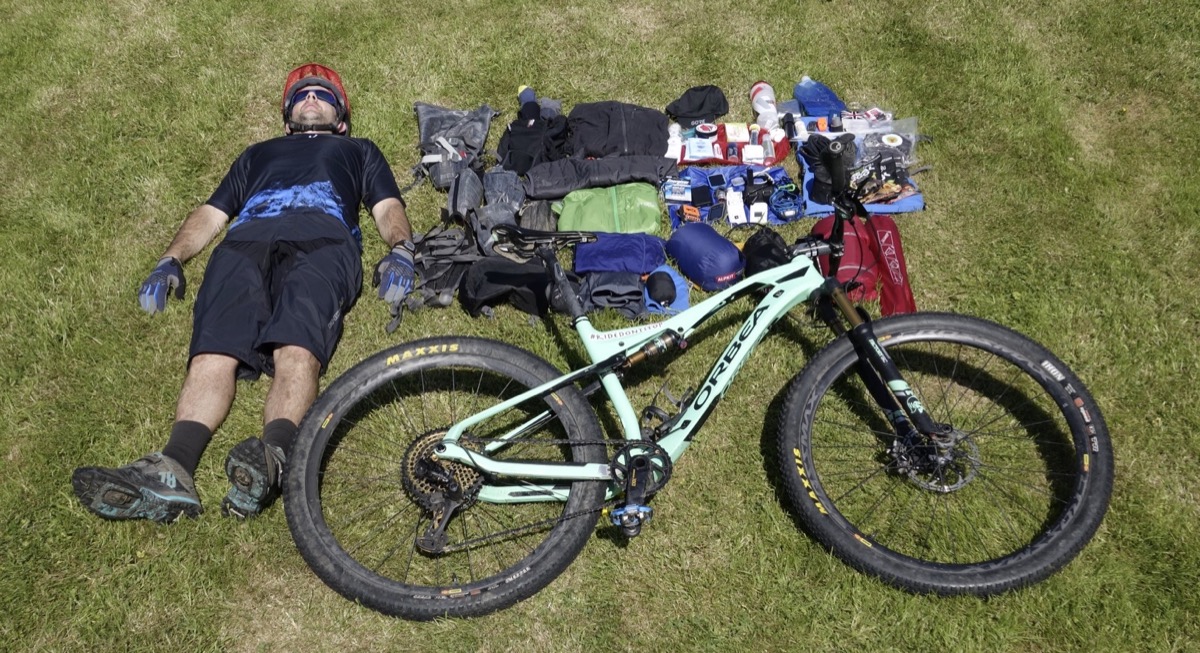
The HT has a reputation as being one the hardest self-supported bike packing events around due to the big elevation, endless hike a bike, and super technical terrain. With all this in mind I opted for one the lightest full suspension XC bikes on the market, the Orbea Oiz M-Ltd – their top end model complete with 100mm of lockable travel. Fox 32 Float SC Factory 100 Kashima forks, Fox Float DPS Kashima rear shock, Mavic Crossmax Pro carbon hoops, tubeless Maxxis Icon 29 x 2.2 front and rear, SRAM Eagle Gold XX1, Avid Ultimate Carbon Hydraulic disc brakes, FSA carbon 700mm bars, stem, post, and, unfortunately, only one bottle mount.
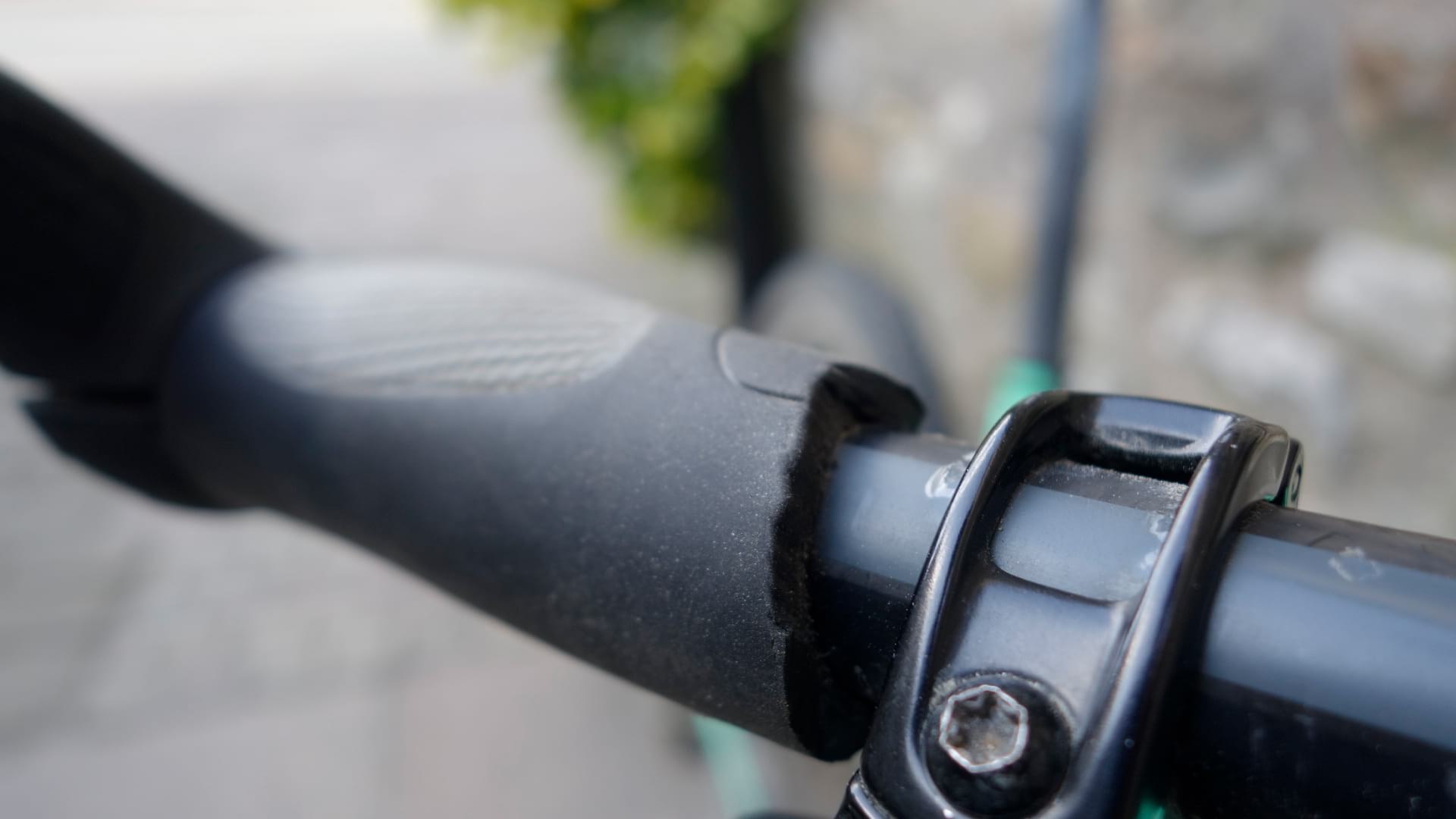
The changes I made to the bike were minimal as I wanted to run it as stock as possible to see what an XC bike could handle. I did swap the grips to some cut down Ergon GP2s to try and reduce the pressure on my hands after hours and days on the bike. The only other change made was to remove the lockout remote to make more space for luggage in the cockpit – this was also the reason for the cut down grips. I did toy with the idea of a smaller front chain ring as while the 34t would normally be fine, once the bike was fully loaded with all the extra weight it wasn’t going to be as easy to spin up climbs. In the end I decided against this and stuck with the 34t.
French Divide: Sonder Broken Road
- Price: £2,199
- From: Alpkit
- Bike weight: 29.4lb without kit, 42.2lbs fully loaded.

With the French Divide claiming that it pushes the limits of what a gravel bike can handle, I opted for a custom titanium hardtail from Sonder their latest generation of the Broken Road Ti which Sonder claims ‘comes into its own chewing up off road miles with finesse, a real mile muncher’. Sounded perfect!
The Broken Road can be set up in a variety of guises: 650b+, 29 or 700C wheels, drop-bar, flat or loop bar, single speed, internal hub gears or conventional derailleur…so many options. I went for 29er, complete with Love Mud wheelset, and Maxxis Icon 2.2 front and rear same as I used during the HT. Gearing was conventional derailleur set up with SRAM Eagle GX 34t chainring up front, again same as the HT. Bars fitted were the Love Mud Confucius loop bar – for two reasons, one so I could secure my luggage to the bike more easily with more space and strapping points, and the other because this offered more hand positions. I fitted Ergon GP2 grips and a set of tri bars for any longer stretches of pedalling offering yet another riding position to ease potential back and or saddle sore issues.
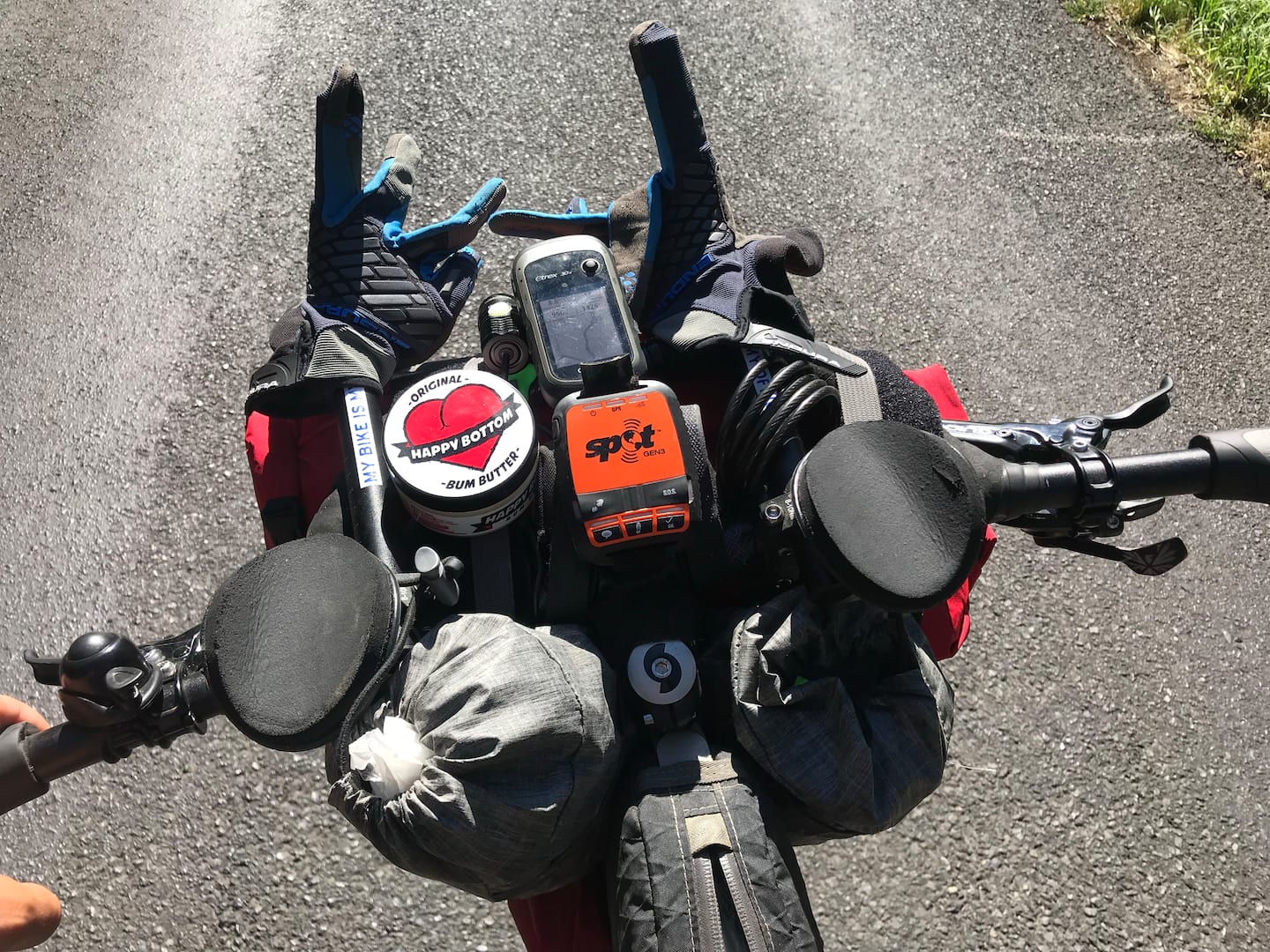
Suspension Forks fitted were 100mm Rock Shox Reba with manual lock out, which was a must to remain as efficient as possible for the long gravel road and road sections. A host of water bottle options are available on the Broken Road but I opted for just two in the frame as I had decided I would not be using a frame bag to keep the weight low and reduce the temptation to pack more than was required.
In regard to bike weight I was quite surprised at the 8.3lb difference between the two – it certainly didn’t feel like that much but with a price difference of £4,400 between the two bikes, perhaps I shouldn’t have been.
Right Bike For The Job?
Highland Trail 550
Racing the Highland Trail 550 is tough without doubt, it has the reputation of being one of the toughest out there and rightly so. It’s not just your mind, body, and soul but your gear too that takes a good beating. Ready to race, the Orbea was slowed down slightly by strapping, taping and bolting on an extra 11.8lbs of kit for a total 33.1lb ride. It felt heavier as the weight was basically all at the front and rear of the bike. Due to this extra mass and the removal of the remote lockout I was running a lot more pressure in the fork and rear shock to compensate and prevent bottoming out on the rough stuff.
Out on the trail the bike still trucked on well, it did feel harder to get up to speed but once up there maintained speed nicely along the Highland Ways, canal paths, gravel roads, winding singletrack or any undulating trail, not really noticing the added mass. When it came to climbing, pushing or carrying the bike its added bulk became clearly apparent. Sitting back and spinning out climbs were noticeably slower as is to be expected, and the 34t was ok to grind out. Once I came to steep technical climbs that were rideable – of which there were a few – a smaller front chainring would have helped to keep things spinning and moving. With the kit weight unevenly spread 60/40 front to rear it was difficult to keep balanced at crawling pace, and as a result I did fall off a couple of times going uphill – probably also partly due to lack of sleep, fatigue, and hunger. Pushing was something you soon got used to during the HT550. There is a lot of it, and one of the steepest was the coffin road out of Ullapool, which was brutal. Otherwise walking and pushing was a relief and gave different leg muscles a chance to get in on the action. There were only a couple of times I actually had to carry the bike because I couldn’t manhandle my way up, and this was really tough with the unbalanced kit proving very awkward. The fun times soon followed though.

Knowing the bike handled the rocky trails so well I could really enjoy the descents and let the bike go, at times having to remind myself that there was still a long way to travel yet. Seemingly endless singletrack trails were a blast, you could feel the carbon frame and wheels flexing and with the firmer shock and fork pressures soaking up the trail chatter these were spot on and the lightweight bike packing XC rig was playing at enduro bike, chewing up the trails. A dropper post would have been nice at times but we can’t have everything.
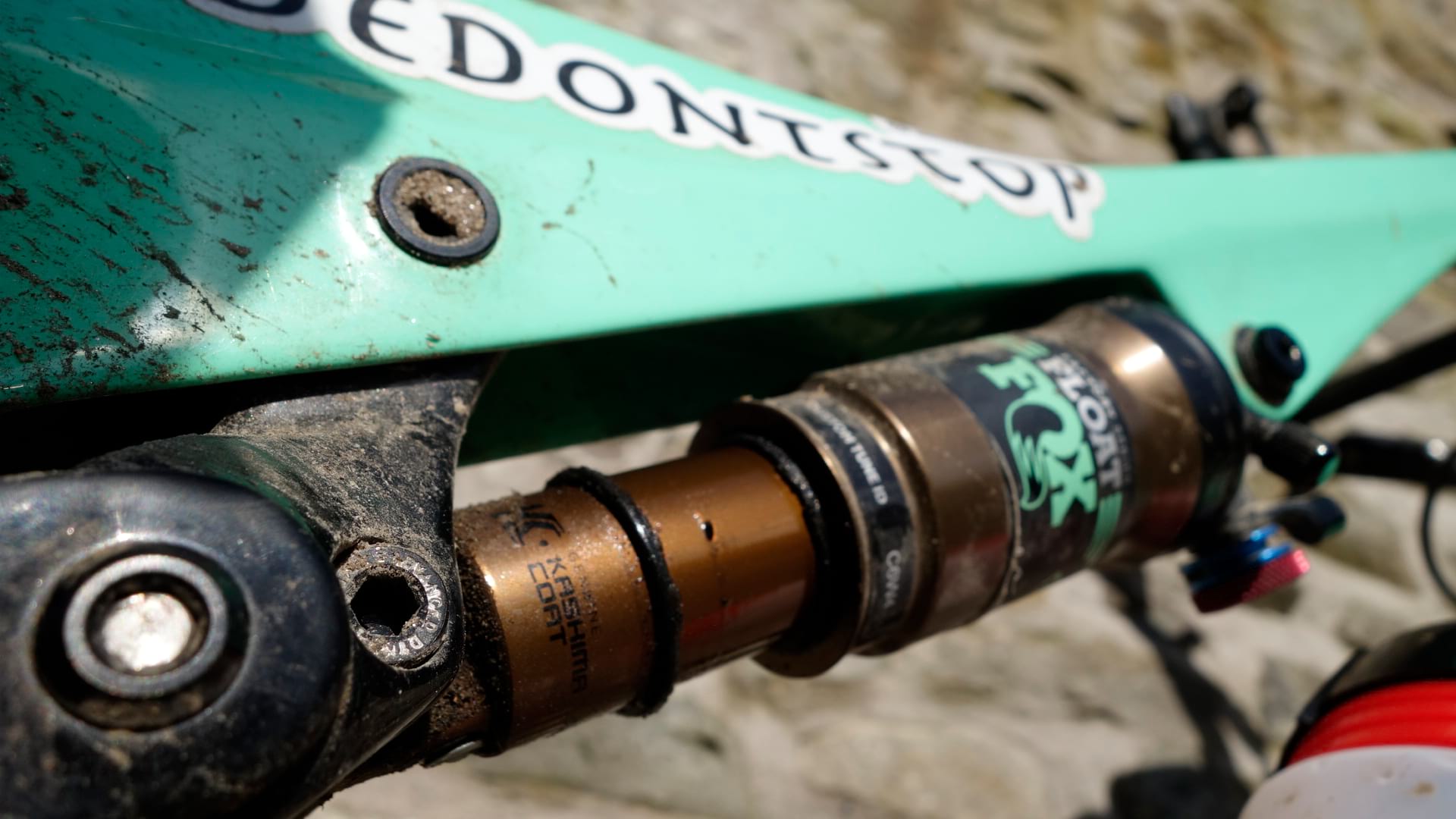
Overall the right choice of bike for the HT500 for me was a fast lightweight, full suspension bike, which the Orbea delivered perfectly. It definitely helped relieve some of the pressure and beatings on my body, in particular the three contact points – hands, feet and bum – which in turn helped reduce cumulative fatigue after a few days on the saddle riding helping me feel fitter for longer.
The French Divide
The French Divide was a different ball game to the HT500 – to start with it is 99% rideable, less technical, has less overall average climbing per mile (22m compared to 29m per mile for the HT), but the French Divide is a good lump longer.
My bike of choice, the Sonder Broken Road, weighed in at 29.4lb without kit and totalled 42.2lbs brevet ready – quite a bit heavier than my HT550 ride. What was noticeable straight away though was how stable and solid the bike felt; with the extra cockpit space and the Confucius loop bars, all the luggage was spaced well and securely fitted. We set off from the sea-front of the Bray of Dunes beaches at sunrise. As is usual at any race, we set off with a bang. Riding with the leading pack chasing down an old Citroen 2CV at 30kmph, at this point the Broken Road was mixing it with a vast array of bikes – carbon CX ones, drop bar gravel machines and lightweight hardtail mountain bikes – pedalling efficiently and locked out at speed. The first few days would be reasonably flat and test the mile munching prowess of the Sonder over gravel tracks, undulating road, cobbles, canal paths, and farm tracks through acres and acres of sunflowers fields. I was happy with the bike choice and not really noticing the extra pounds carried in comparison to the HT550.

As the miles passed and the elevation increased, technical climbs in which I could unlock the fork and pick my way up were OK as long as a steady pace was kept to prevent losing balance of the front end. Not helped by more weight bias at the rear, the front did bob around and I found the shorter punchy climbs (of which at times was one after another after another after…) really needed to be ridden quicker to maintain momentum. On and off road, this became tougher as the days passed and became tiring. I found myself noticing my overall weight and wishing that I had a lighter set up and had packed less. At one stage I contemplated sending 3kg of kit home, but at €30 per kg I decided to tough it out and learn from it! The ‘extra’ kit that I found I could have done without was mostly due to there being a heatwave, so extra layers of clothes and my tent were not needed.
My roots in mountain biking have been mostly gravity orientated until recent years, when for some crazy reason I discovered pedalling. But when the descents did arrive during the French Divide I made the most of them and the Broken Road shone like the Titanium frame from which it was constructed. Verdon city downhill trails were timed to perfection – I needed some fun after endless undulating hours of riding, and they delivered. Descending black trails through steep rooty singletrack I could really push the bike, leaving many a drop bar set up in its wake, reaffirming my bike choice. Firmer air pressures stopped the Rock Shox Reba from diving and in the dry conditions the Icons delivered on grip factor. Other noticeable descents throughout the French Divide were long rough tracks, on which the bike would monster truck off as fast as you dare let it go. At one point I glanced down and was riding at 58kmph downhill with a bikepacking setup in the middle of I don’t have a clue where. But what a blast! And not one puncture either, while others I rode with had double figures of punctures.
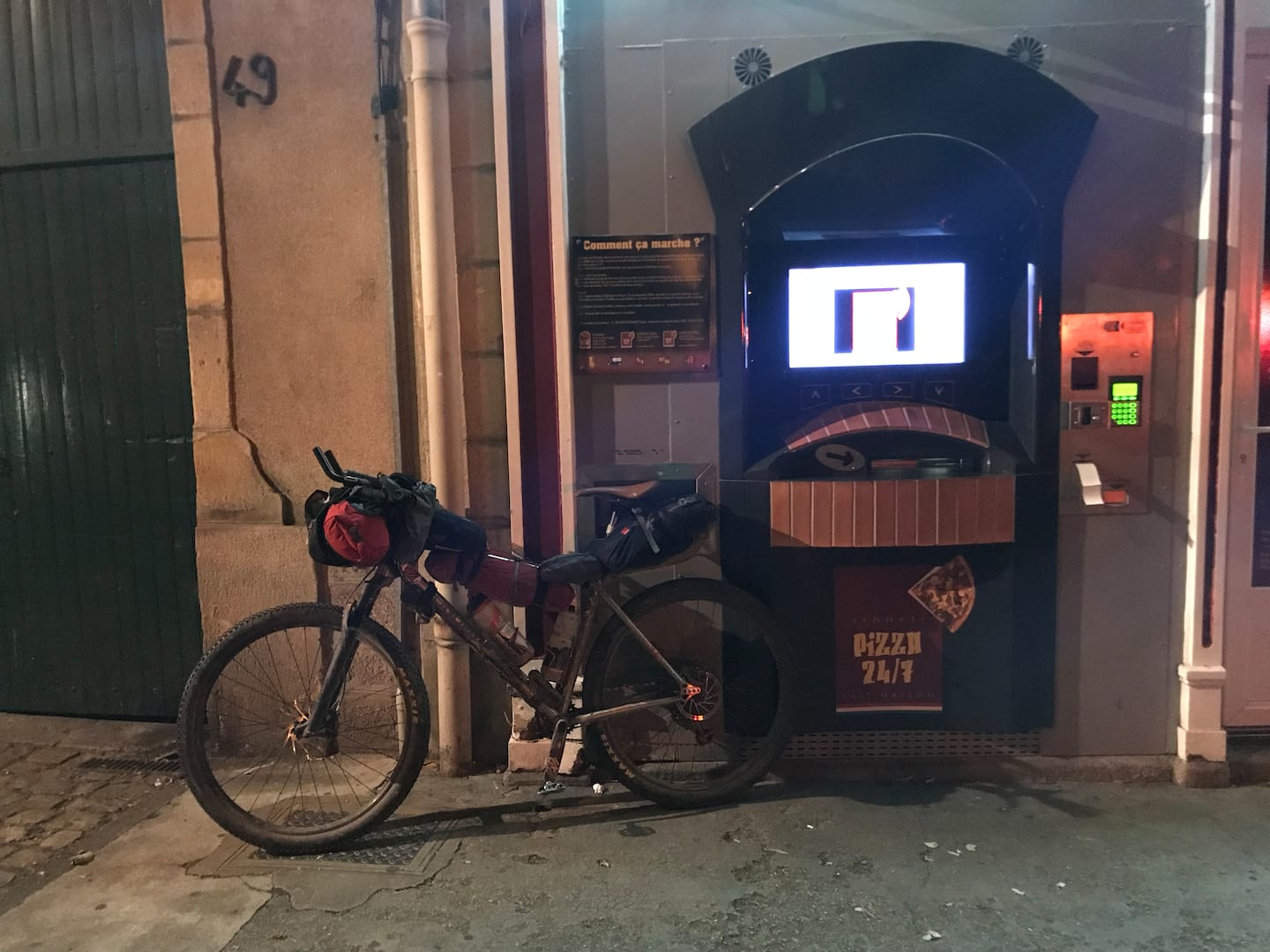
Overall the Sonder rode very well and truly did munch up the miles in 11 days 7 hours. On the earlier flatter sections of the event the Broken Road was great to pedal, but as we reached the mountains and fatigue was setting in a little more each day, I began to feel the extra weight, having to really grind up climbs. This got me mentally wondering ‘what if’ and worrying about it. Descending on rocky and road stretches were not a problem, but looking back I would definitely aim for a much lighter set up in future.
One Bike To Rule Them All?
Not everyone is lucky enough to be able to borrow a bike specifically for an event, let alone two different ones. If only one bike was the option which one would I have chosen? For these two events and now armed with the knowledge and experience, I would aim to be as light as possible, so in this case I would opt for the Orbea Oiz, changing the bars and leaving the lockout on to remain as efficient on the road sections for the French Divide.
For those who like detail, or are contemplating undertaking a similar trip…
Stu’s Complete Kit List: HT550
Luggage and sleeping
- Alpkit Pipedream 200 sleeping bag
- Alpkit Numo sleep mat
- Alpkit Kanga handlebar harness
- Alpkit Fat Roo extension bag
- Alpkit 20l Airlock
- Alpkit Stem Cell ll X 2 stem bags
- Alpkit Fuel Pod 25 2L top tube bag
- Alpkit Fuel Pod 22 1L top tube bag
- Alpkit Koala 13L seat bag
- MSR Hubba NX tent
Clothing
- Alpkit Gravitas Waterproof
- Alpkit Morphosis Windproof
- Alpkit insulated gilet
- Merino wool base layer, pants, socks
- 2 pairs cycle shorts
- Endura MT500 Waterproof shorts
- 2 pairs Endura gloves
- Endura T-shirt
- Northwave Enduro shoe
- Fox Flux Helmet
Accessories
- Tooth brush and tooth paste
- Charlie’s Bum Butter
- Baby wipes
- Midge spray
- First Aid kit
- Sun cream
- Whistle
- Garmin Etrex
- Spare batteries
- Alpkit Head torch
- Spot Tracker
- Battery bank
- MTB Batteries Lumenator
- Garmin Edge 550
- iPhone
Bike Spares
- Multi tool
- Pump
- 2 tubes
- Cable ties
- Gear cable
- Brake pads
- Tubeless repair kit
- 200ml Sealant
- Duct Tape
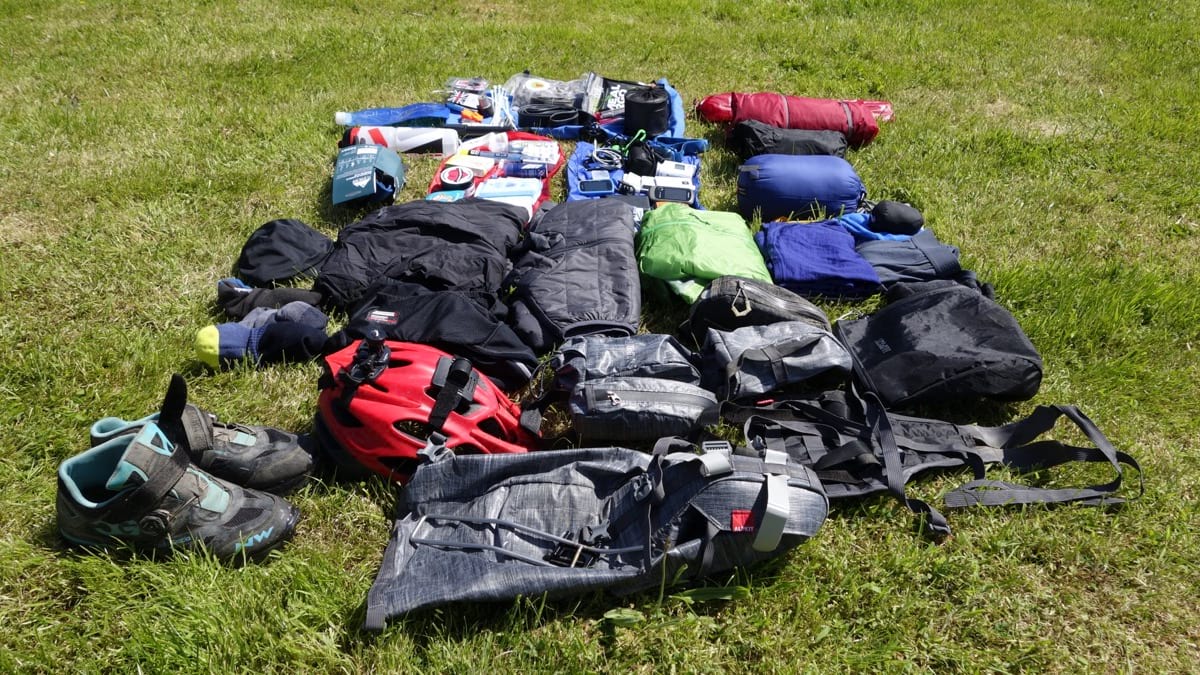
Kit List: French Divide
From the luggage I dropped the Alpkit Kanga harness as with the loop bars this wasn’t needed. I kept the sleeping set up and other luggage the same.
Clothing
I left out the waterproof shorts and insulated gilet. For riding kit I used two cycling jerseys with pockets, replacing the Endura T shirt, swapped the Fox Flux for a lightweight Orbea XC helmet and the Northwave Shoes were traded in for Shimano wide fit shoes with custom insoles to try and prevent nerve damage in my feet, as I had suffered in the HT550
Accessories and bike spares were all the same.
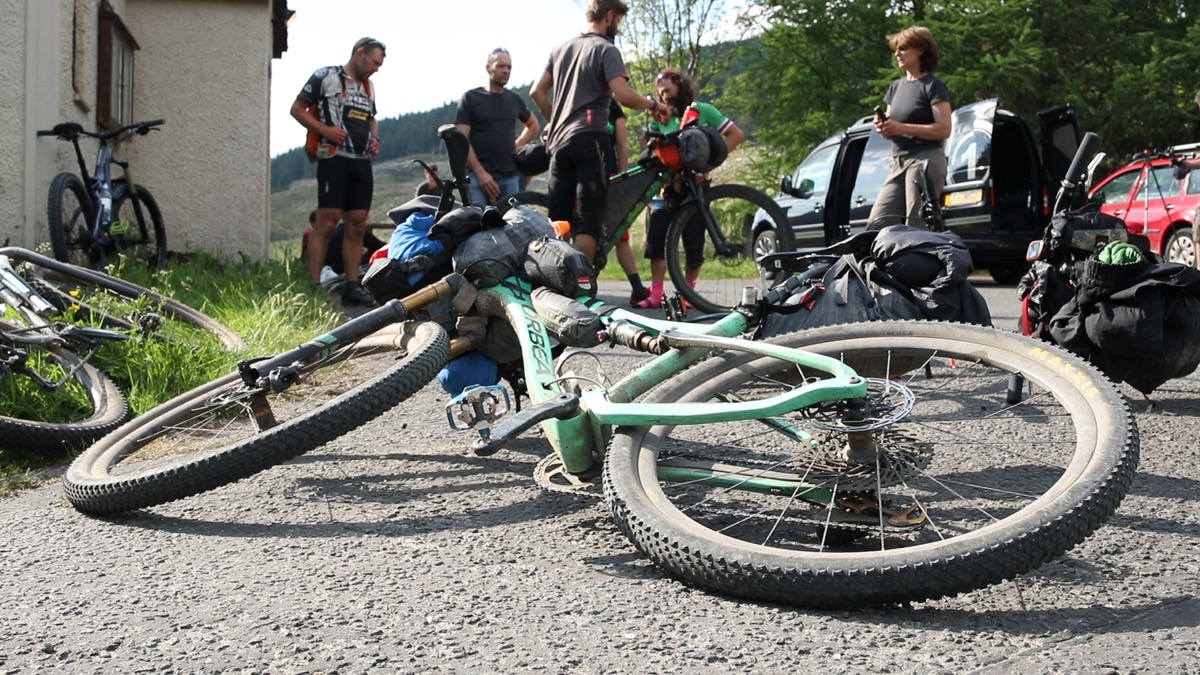
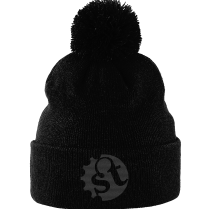
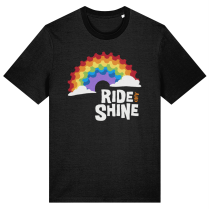
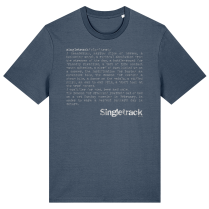
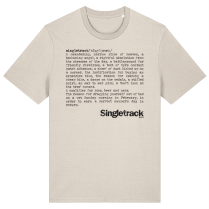
The charity I raised money for was Leeds Cancer Care currently just over £3,000 link below to charity page.
https://www.justgiving.com/StuTaylor13